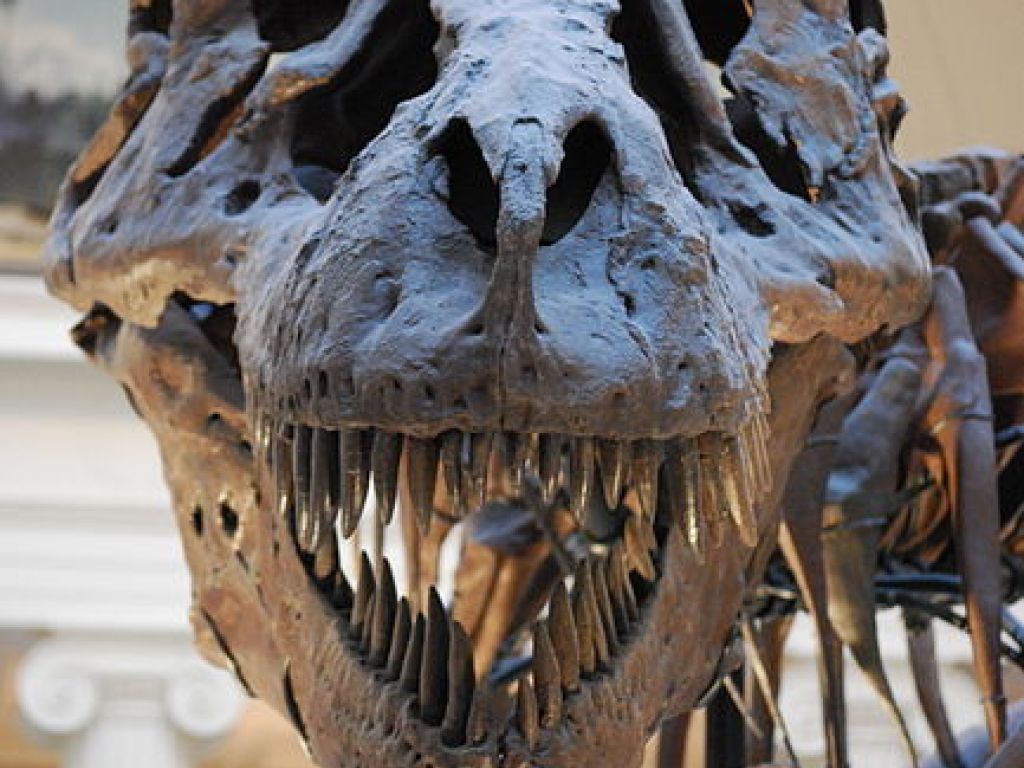Fossils and the black market

Humanity, by nature, is always on a journey to find the meaning of its existence. Some seek meaning in religion, others in science. While religion relies on faith, palaeontologists try to find tangible meaning by literally digging our environment to piece together a common history of where we come from.
Sites such as Maropeng in the Cradle of Humankind World Heritage Site, which houses fossils, are vital as they offer insight into a historical world. They form the puzzles that piece together our existence.
But when fossils are dug up and sold for profit, we are robbed of several pieces of that puzzle.
Dr Jonah Choiniere, a senior researcher at the Wits University Palaeosciences Centre of Excellence, says that when fossils end up in private hands, researchers lose great specimens from which to draw scientific conclusions. “In a museum, the obligation is to let scientists study it, while in private hands the owner has the right to limit who sees it,” he says.
He says private owners, in their attempts to make the specimen more aesthetically pleasing, may obscure important details. “For instance, a broken bone may be replaced with plaster, which can be confusing.”
Dr Choiniere also says the sale of fossils robs countries of their heritage resources: “It is like taking away from the nation’s treasure chest.”
And while we can be certain that fossils will still be in a museum in a 100 years’ time, a private collector may sell his collection of fossils, making them difficult to track.

It has been widely reported that Hollywood actor Nicholas Cage may have inadvertently become part of the black market when, in 2007, he outbid fellow actor Leonardo DiCaprio, splurging $276 000 for a 67-million-year-old Tyrannosaurus bataar skull.
The UK Telegraph quoted David Herskowitz, who was the director of auction house IM Chait’s natural history department at the time of the auction, as saying that Cage’s specimen came from fossil hunter Eric Prokopi.
Prokopi last year pleaded guilty in the United States to illegally importing fossils from Mongolia and China. Since then, the US Immigration and Customs Enforcement unit has been tracking down fossils sold by Prokopi and returning them to Mongolia – and this includes Cage’s fossil.
While Prokopi did not get away with his actions, the Telegraph reports that fossil poachers have been operating in Mongolia and other dinosaur-rich countries like China for years, descending on palaeontological sites to divest them of any bones they think are valuable. The fossils are then sold to middlemen, who smuggle them out of the country to places like Europe or the US to be sold at auction houses, antique fairs or over the internet.

Closer to home, a dinosaur bone that was stolen earlier this year at a dig in the Eastern Cape brought the fossil black market right to our doorstep. Dr Choinere, who was part of the dig when the bone was stolen, says it has not been recovered, though efforts to recover it are still under way.
Fortunately for South Africa, Dr Choiniere says the sale of South African fossils is not very common.
Professor Bruce Rubidge, also of Wits University, says there does not seem to be a big black market in South Africa due to stringent legislation. Fossils are protected by the National Heritage Resources Act of 1999 and can only be excavated, sold or traded with a valid permit. In South Africa, says Prof Rubidge, a fossil has no monetary value.
He does, however, mention that it would be almost impossible to conclude that the illegal sale of South African fossils is non-existent, as traders could sell local fossils by claiming they come from overseas. Fossils from other countries can be traded only if there is a valid permit from the country of origin.
With so few palaeontologists in the country, and such a large repository of fossils, it is difficult to police any such market.
But it is a good sign that the stolen dinosaur bone has not popped up in some Gumtree ad.